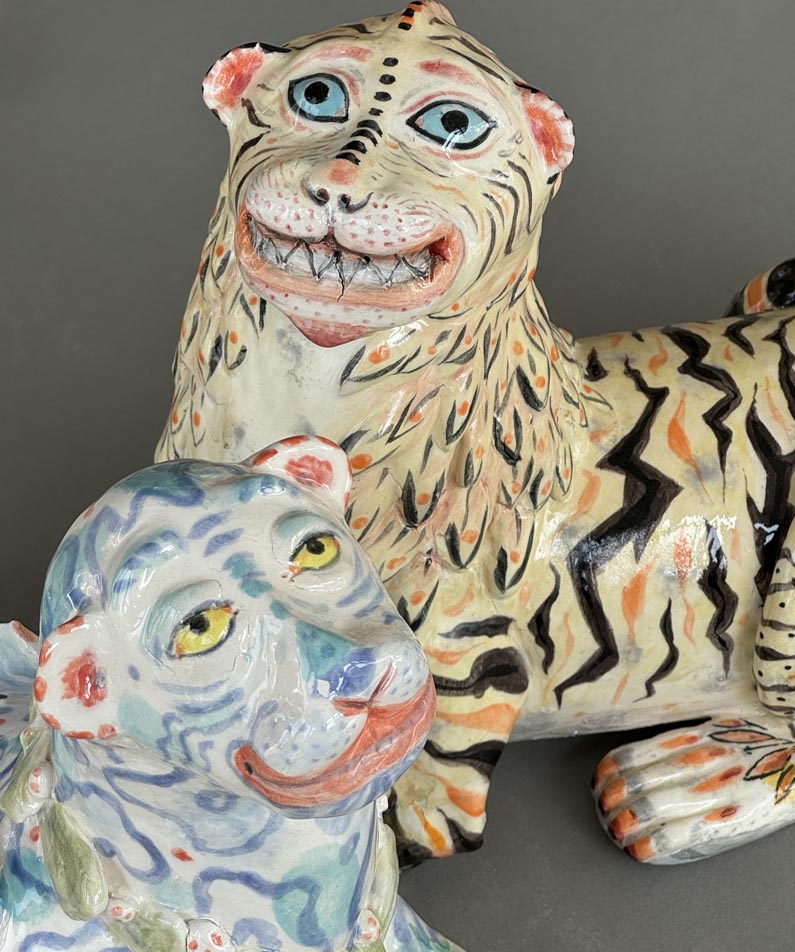It’s been quite a while since I posted and not least because I was lucky enough to have a three week trip to Japan. Chris and I traveled around from Tokyo to Onomichi, across the Inland Sea to the Island of Shikoku, back to Kobe, we sat out typhoon in Osaka, on to Kyoto and then back to Tokyo.
One of the nicest things was to be able to catch up with my lovely artist friend Azusa Sato, (see her beautiful delicate work here http://www.s-azusa.com/ ). We met up in Tokyo at the beginning and the end of our trip and on both occasions she gave me lovely gifts. They were so thoughtfully chosen. A box of little pressed birds in origami packaging.
A box of charming Owl biscuits … all different. I have no idea how they are made.
A Kintsugi gold mended dish which she had made for me. I love this respectful repairing of broken pottery and am so pleased to have this mended by a friend, which makes it more special.
And, most exquisite, a tiny hand made book she had made which opens into a series of individual little faces; happy, sad, singing? and sleepy. The envelope is sealed with a tiny handmade bird.
It is so beautiful and I am very very lucky.Thank you Azusa!!It was a fascinating trip. I am just trying to process all the images and experiences..my work may change a bit as a result of experiencing, first hand, some of the fabulous design, printmaking and craftwork. I rather hope so! And the garden may sprout a small temple and some large rocks … well in my dreams.






